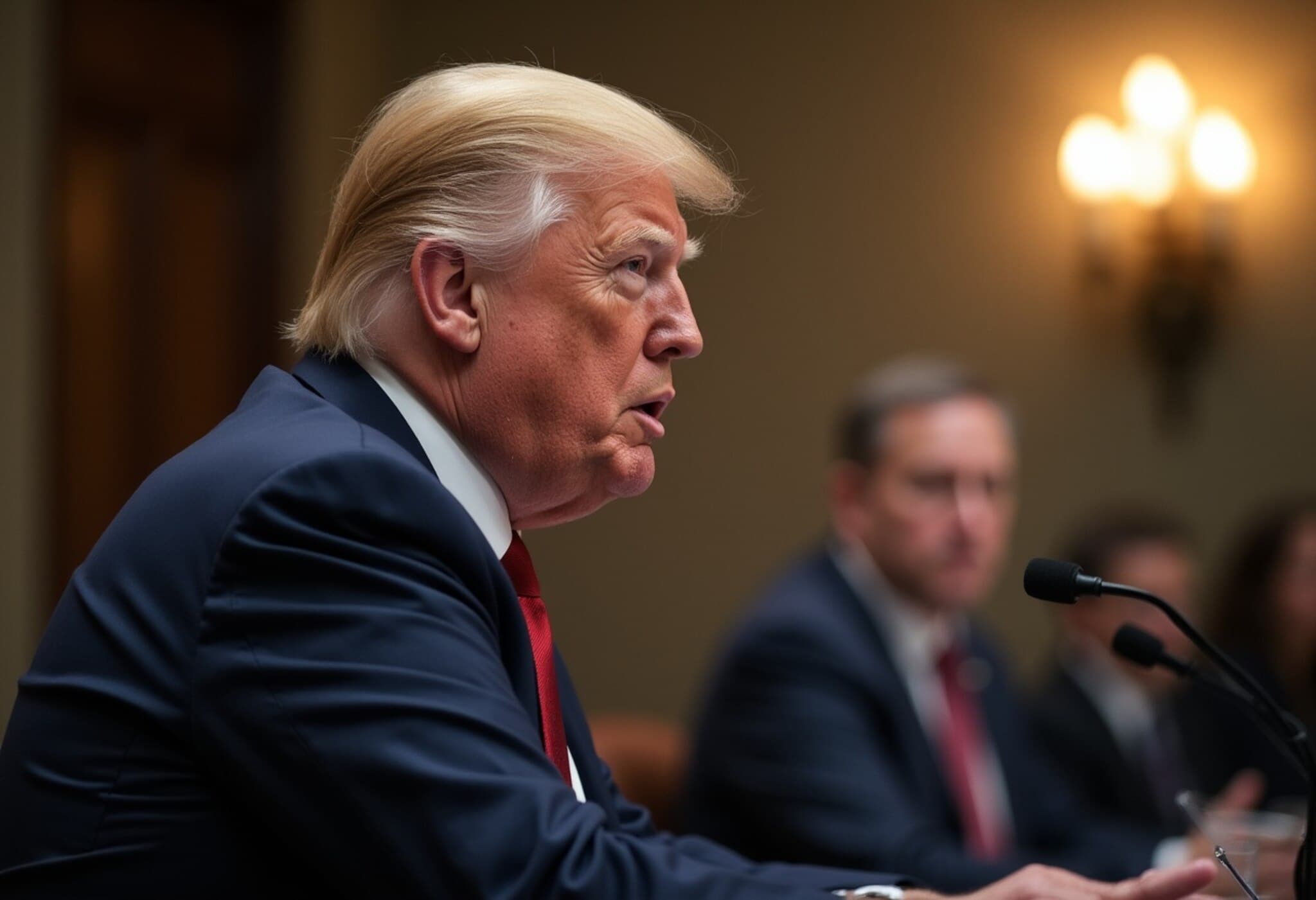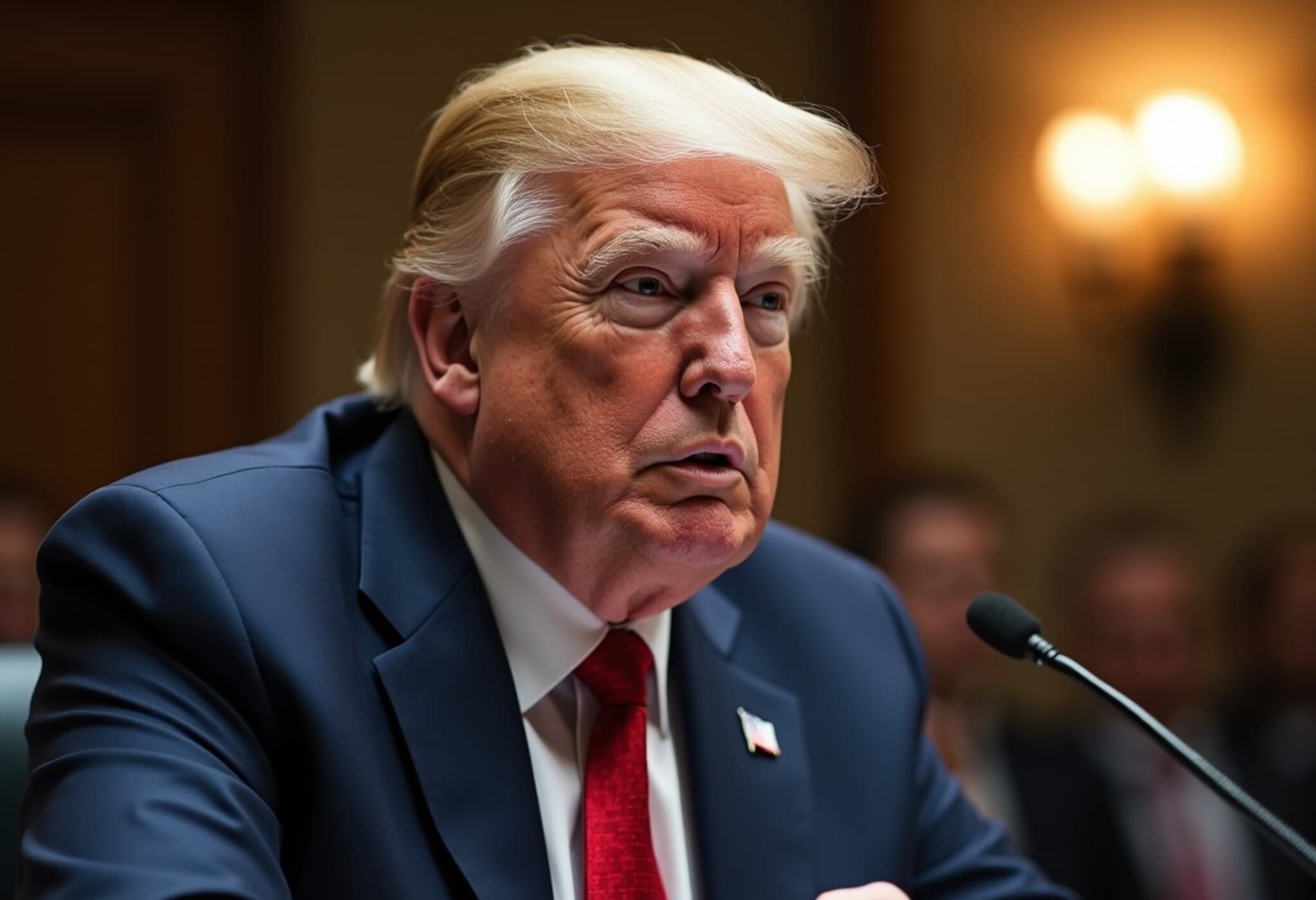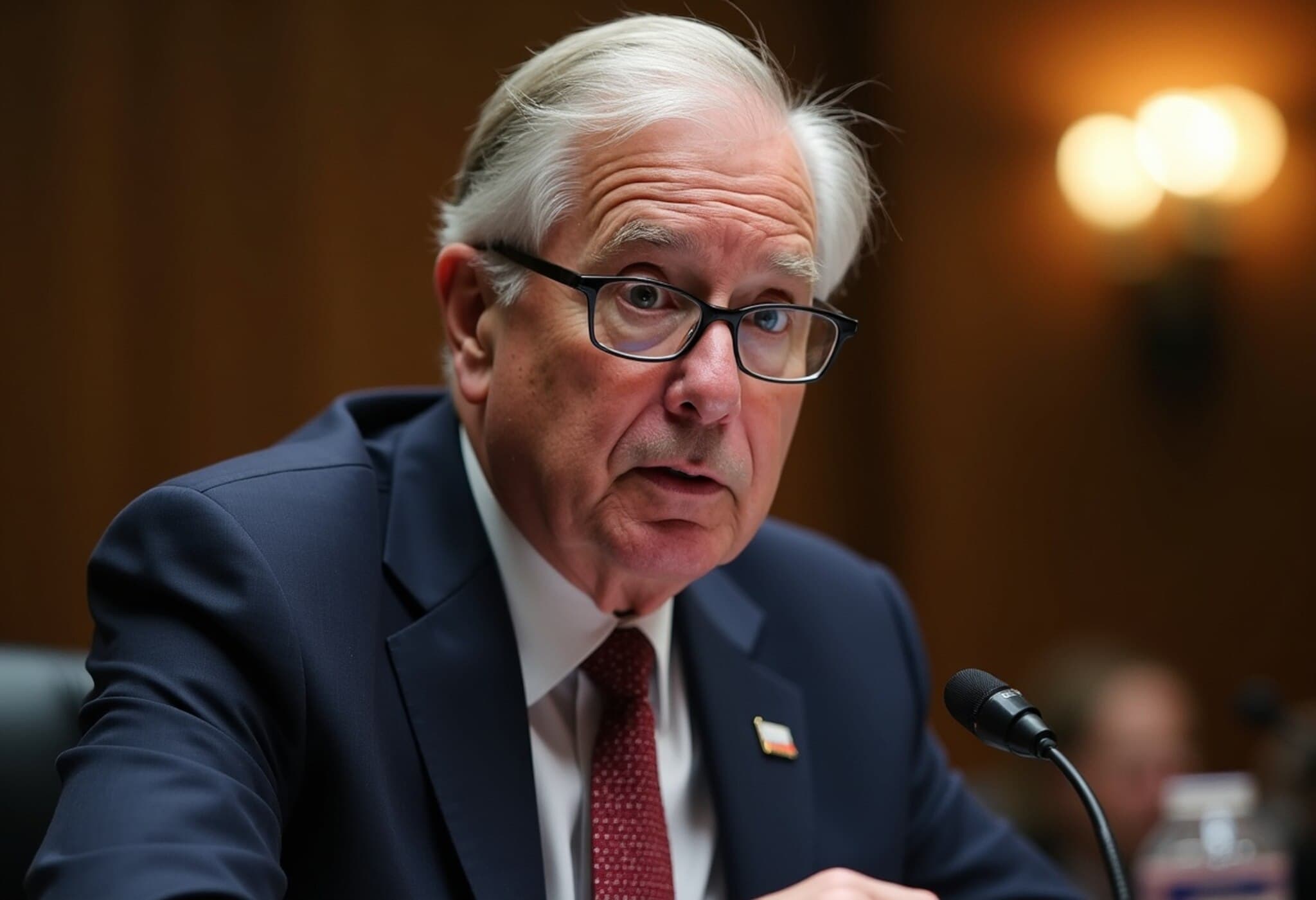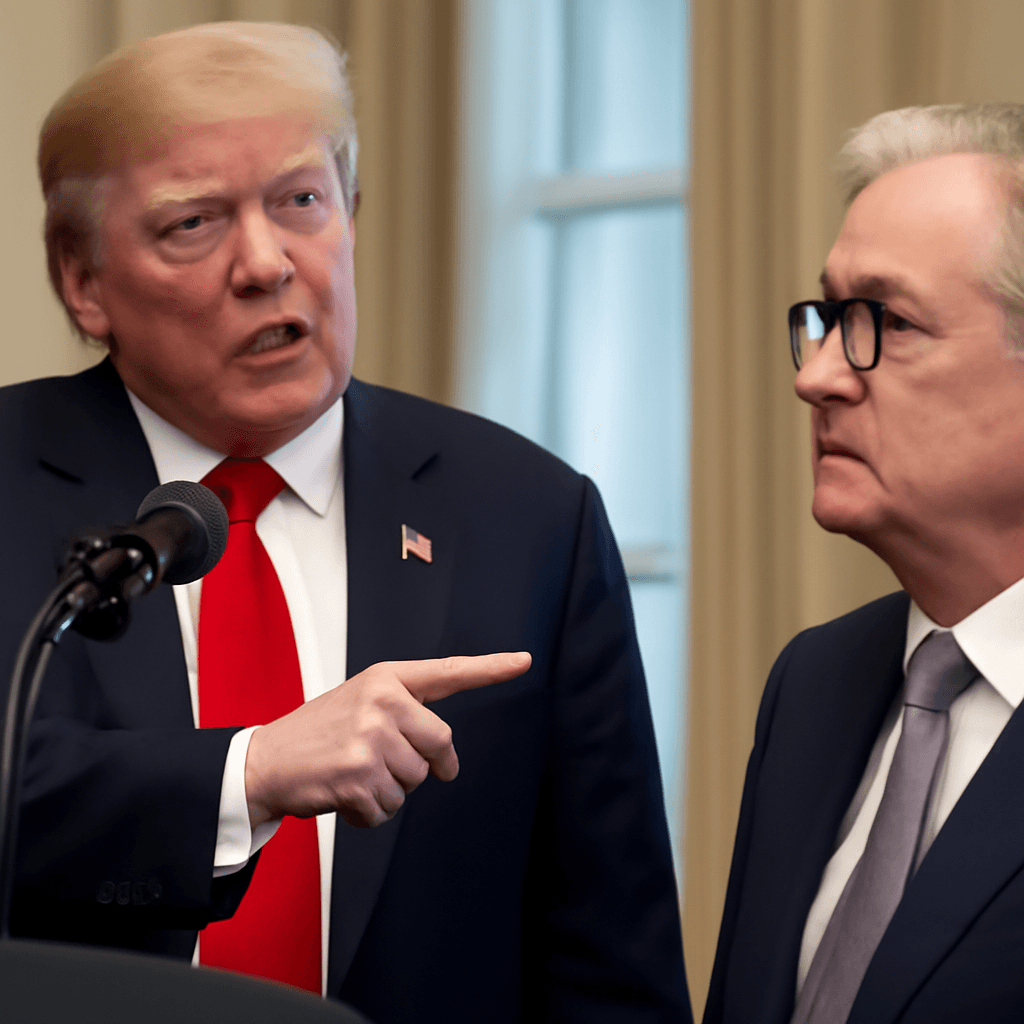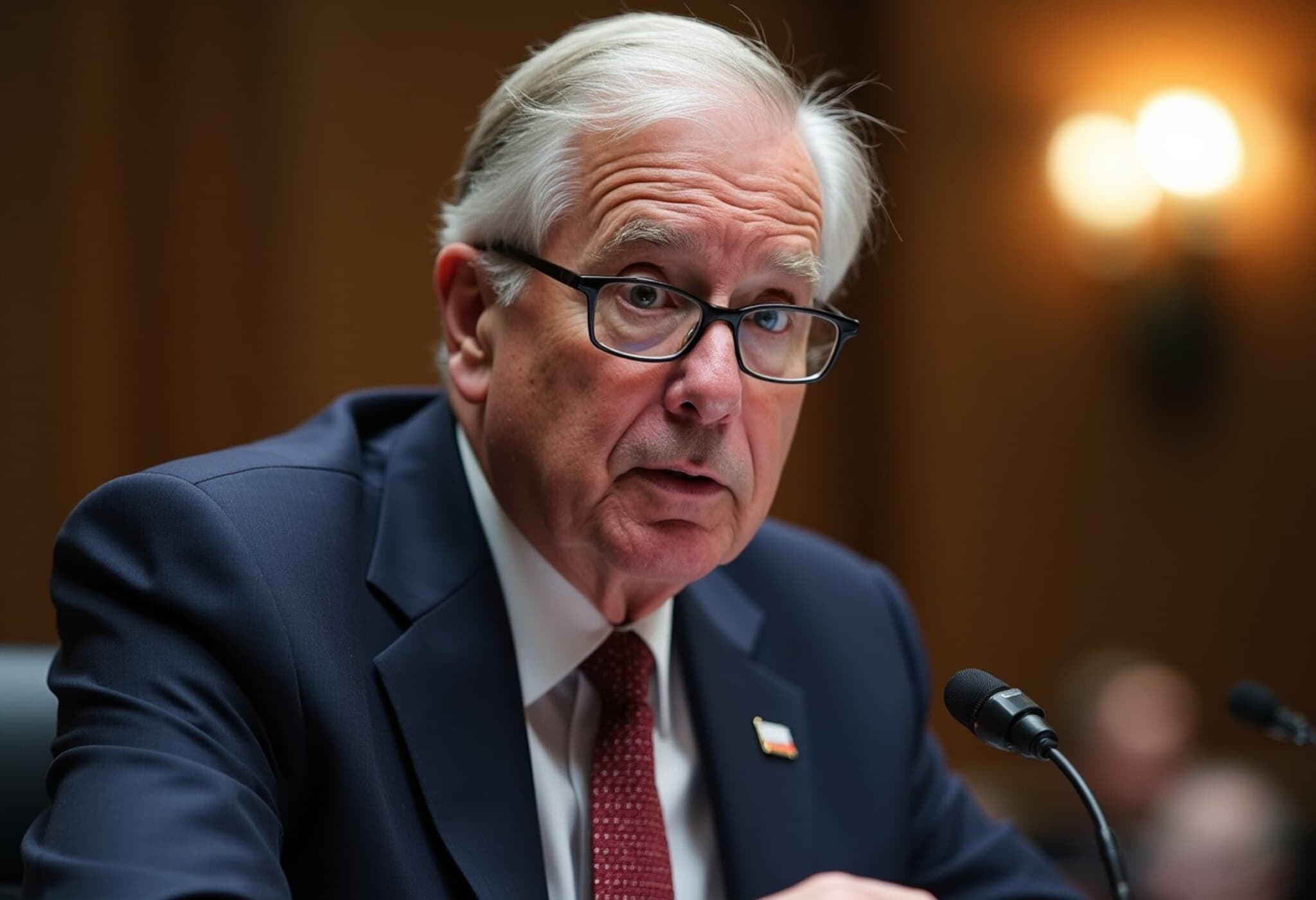Federal Reserve Likely to Maintain Current Interest Rates Despite Political Pressure
As the Federal Reserve prepares for its upcoming meeting next week, it faces mounting pressure from President Donald Trump to slash interest rates dramatically. Yet, economists and market observers widely agree that the central bank will hold its benchmark federal funds rate steady, navigating a delicate balance amid economic uncertainties and geopolitical tensions.
Trump vs. Powell: The Political Tug of War Over Interest Rates
Earlier this week, President Trump took to social media to criticize Fed Chair Jerome Powell, blaming him for keeping interest rates "too high" and claiming it harms American families. Trump proposed a sweeping cut—by as much as 3 percentage points—to stimulate faster economic growth and counteract what he describes as a competitive disadvantage against countries with lower borrowing costs.
"Families are being hurt because interest rates are too high," Trump wrote, underscoring his frustrations with the Fed’s cautious stance amid ongoing tariff disputes and trade tensions.
However, as Greg McBride, chief financial analyst at Bankrate, points out, "The Fed only resorts to extreme rate cuts in response to severe economic distress," reminding us that the rates were near zero during the height of the COVID-19 pandemic, a far more critical situation than today.
Why the Fed Is Expected to Hold Rates: Economic and Inflation Considerations
In recent public statements, Chair Powell has acknowledged the possibility of rate cuts later this year but has refrained from immediate reductions due to uncertainty surrounding inflationary pressures, especially those linked to Trump's tariff policy. Many economists believe the full inflationary impact from tariffs has yet to reveal itself, potentially intensifying price rises in the months ahead.
Since December, the federal funds rate has remained in a target range of 4.25% to 4.5%. Futures markets currently price in almost no chance of an interest rate cut during next week’s meeting, though a September reduction appears more plausible.
How the Fed's Decision Influences Your Financial Life
The federal funds rate serves as a cornerstone that influences a broad spectrum of consumer financial products. While the Fed’s benchmark rate directly affects bank lending costs to each other overnight, its ripple effects shape everything from mortgages and credit cards to auto loans and savings accounts.
Mortgages: High Rates and Housing Market Struggles
Despite President Trump’s criticism of Powell for not lowering rates to benefit housing, mortgage rates don’t directly track the Fed funds rate. Instead, they follow Treasury yields and broader economic conditions. With tariffs weighing on the economy and boosting Treasury yields, mortgage rates remain elevated.
Currently, the average rate for a 30-year fixed mortgage stands near 6.8%. This combination of high rates and limited housing inventory is the primary barrier to affordability, pushing the nationwide median home sale price to a record $449,000 as of June.
Eugenio Aleman, chief economist at Raymond James, underscores this challenge: "The housing market continues to struggle under the weight of high home prices and elevated mortgage rates, making it harder for new buyers to enter the market."
Credit Cards: High APRs Persist Regardless of Fed Moves
Credit card interest rates, largely variable and influenced by the Fed’s benchmark, currently hover around 20% APR. While rate cuts could theoretically lower borrowing costs, experts caution that even a 3-point reduction would barely dent the financial strain for many cardholders.
"Credit card rates have settled at very high levels," says McBride. "Consumers with revolving balances should prepare for continued challenges in managing debt costs."
Auto Loans: Rising Costs Amid Tariffs and Rate Pressures
Auto loans, typically fixed-rate and extended over periods like five years, have seen their average rates climb to about 7.22%. This increase, compounded by President Trump’s tariff proposals on imported vehicles and parts, contributes to surging monthly payments, forcing many consumers to stretch their budgets.
Ivan Drury, director of insights at Edmunds, notes, "We’re witnessing an unprecedented share of new car buyers facing monthly payments above $800, reflecting tightening affordability in the automotive market."
Student Loans: Rates Set Annually, Offering Some Stability
Federal student loan interest rates are fixed for the life of the loan and adjusted based on Treasury auctions, insulating many borrowers from immediate rate fluctuations. For instance, undergraduate loan rates are at 6.39% as of July 1.
However, many borrowers grapple with loan repayment challenges, especially amid paused federal student loan payments and uncertain timelines for resumption, making this an evolving area of financial concern.
Savings Accounts: A Silver Lining for Savers
On a more positive note, high-yield online savings accounts continue to offer above-average returns, currently exceeding 4%. Although the Fed doesn’t directly set deposit rates, these yields generally track federal funds rate movements.
McBride advises savers to capitalize on this rare environment: "While borrowers face headwinds, it's an excellent time for savers to grow their deposits above inflation—lean into that advantage."
Looking Ahead: What Consumers Should Watch For
- Potential Fed rate cuts by September: markets anticipate a shift that could ease borrowing costs, though timing and magnitude remain uncertain.
- Inflationary pressures from tariffs and supply chains: may keep consumer prices high, influencing monetary policy decisions.
- Housing market dynamics: affordability challenges and inventory shortages will likely persist, regardless of Fed moves.
- Credit and loan costs: remain elevated, requiring consumers to manage debt cautiously.
Editor’s Note
The Federal Reserve finds itself at a crossroads—balancing the need to support economic growth while remaining vigilant against inflation risks amplified by trade policies and global uncertainties. For American consumers, the implications of the Fed's next moves vary widely across financial products, painting a complex landscape where savers may find opportunities even as borrowers face ongoing challenges. As the dialogue between political leadership and central banking continues, keeping a close eye on both market signals and policy shifts will be essential for making informed financial decisions in the months ahead.




